「糶」米古道還是「糴」米古道?台北大縱走第六段路徑的文字與讀音探討
2025-01-13
關於台北大縱走第六段路徑中「糶米古道的」文字與讀音探討。
說明
糶米古道是在台北大縱走第六段會經過的路線,「糶」這個字不常見,讀音需要查詢才會知道。但有時候會聽到「跳」或者是「笛」的兩種讀音。
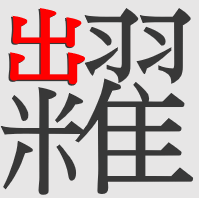
細究發現,正確的讀音是「跳」,糶表示出售米糧的意思,可以從造字上的出與米會意。
而之所以會聽到「笛」的讀音,可能是源於相對的「糴」字,造字上是入米表示購入米糧的意思。
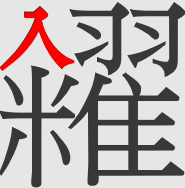
這個誤會不僅是一般人會發生,在許多官方的文件上也有類似的問題:
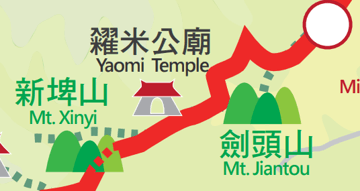
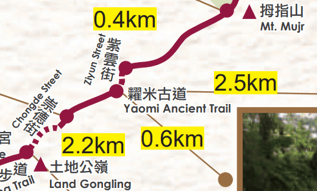
兩張截圖都是出自臺北大縱走摺頁,但同時用了「糶」與「糴」,但英文讀音都是用 yao 而非 tiào 或者 dí
而在台北旅遊網則是使用「 Tiaomi Historic Trail」也說明了古道命名的由來:
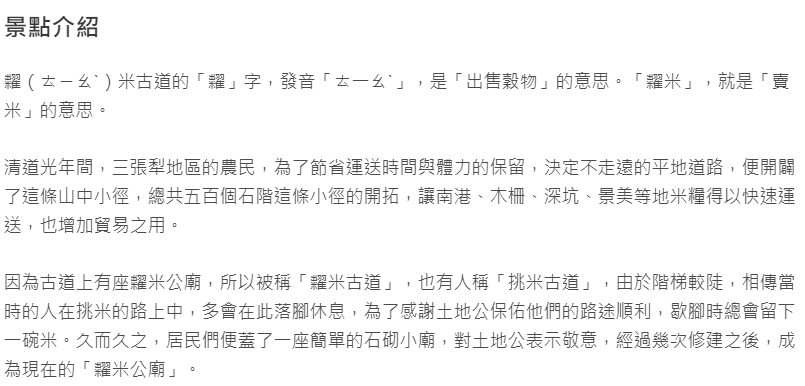
The “糶米古道” is a route that passes through the sixth section of the Taipei Grand Trail. The character of “糶” sometimes you might hear the pronunciations “Tiao" or “Di." Upon further investigation, the correct pronunciation is “Tiao”, as “糶” refers to the selling of rice, which can be inferred from the character construction, combining “出” (to go out) and “米” (rice).
The reason for hearing “Di" as the pronunciation may stem from confusion with the opposite character “糴” which means to purchase rice. This misunderstanding occurs not only among the general public but also in many official documents.
Both screenshots are from the Taipei Grand Trail brochure, but they use both “糶” and “糴.” However, in the English transliteration, both are pronounced wrongly as "yao" rather than “tiào” or “dí.” The official tourism website currently uses the term “Tiaomi Historic Trail.”